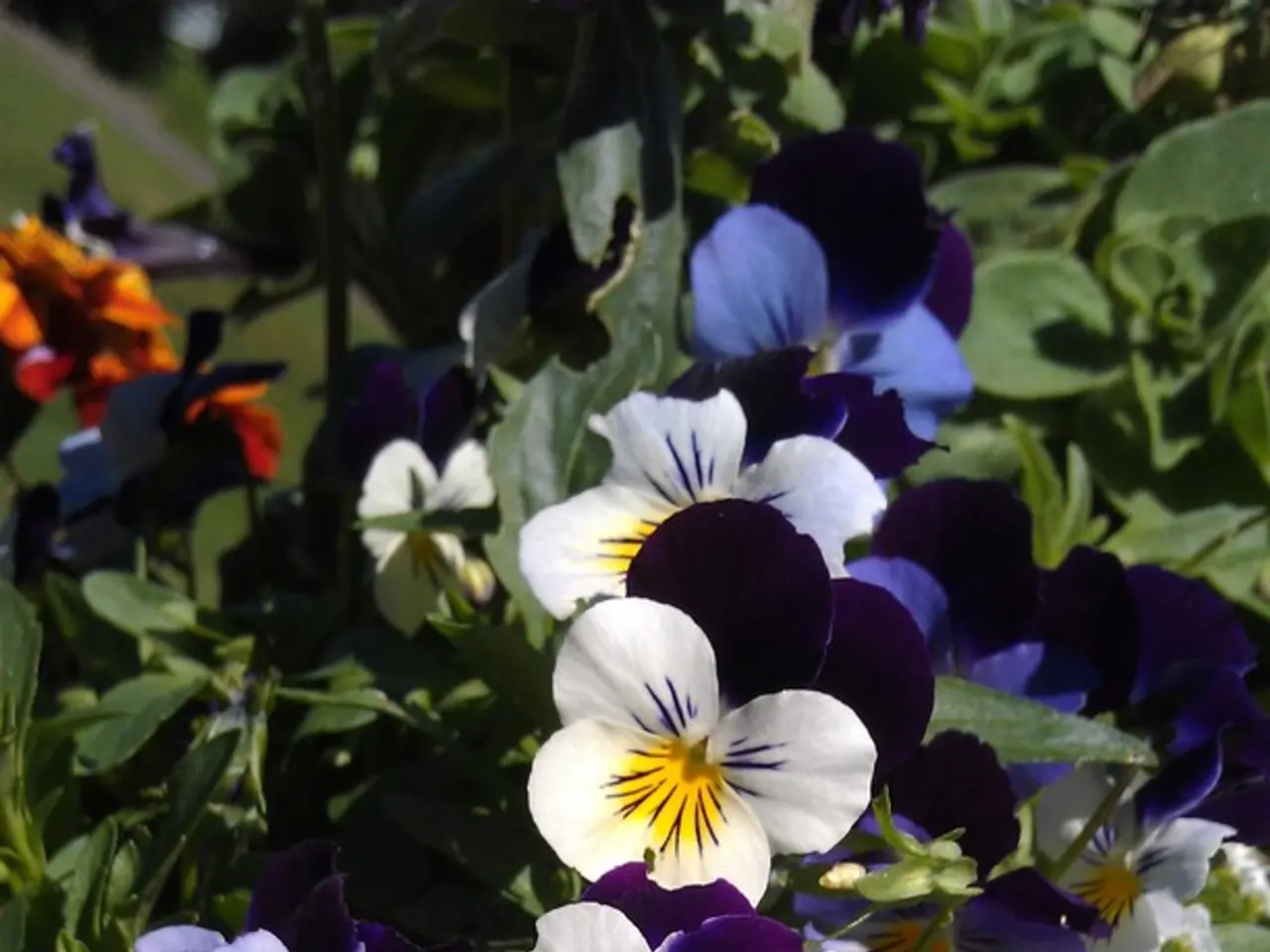Mistakes Averting Optimal Peony Bloom, as Revealed by Expert Peony Cultivators: Here's How to Prevent Them
In the world of gardening, peonies are a beloved flower known for their stunning blooms and long-lasting beauty. However, these plants can be finicky, and common mistakes can lead to less-than-optimal growth. Here's a guide to help you grow healthy and flourishing peonies by avoiding three common errors: planting too deep, planting in too much shade, and over pampering.
Planting Too Deep
Planting peony roots even an inch and a half too deep can prevent blooming. The correct depth for herbaceous peonies is to plant the eyes (buds) no more than 1 to 2 inches below the soil surface. Tree peonies are a bit more forgiving and can tolerate being planted slightly deeper. If planted too deep, peonies may produce lush foliage but fail to flower.
To correct this, lift and replant the peony shallower, ensuring the buds are within 1-2 inches of the soil surface. This simple adjustment can make a significant difference in your peony's blooming potential.
Planting in Too Much Shade
Peonies generally require full sun or at least 6 hours of direct sunlight daily to bloom well. Excessive shade leads to poor flowering and weak plants. To avoid this, choose a well-lit location with good morning sun and some afternoon shade in hotter climates.
If peonies are already planted in heavy shade, consider transplanting them to a sunnier spot during dormancy or pruning nearby trees to increase light. With a bit of planning and adjustment, you can ensure your peonies receive the sunlight they need to thrive.
Over Pampering
Over-fertilizing or providing too much nitrogen promotes excessive leafy growth at the expense of blooms. Also, overwatering or soggy soil can stress roots, leading to poor flowering or disease.
Correct this by applying balanced fertilizer sparingly (ideally a low-nitrogen formula) in early spring, ensuring well-drained soil, and watering moderately only when needed. Avoid disturbing established roots since peonies dislike root disturbance.
Following these guidelines will help ensure healthy peony growth with abundant blooms. Here's a summary of the common mistakes, their effects, and how to correct them:
| Common Mistake | Effect on Peonies | How to Correct | |------------------------|---------------------------------|-------------------------------------------------| | Planting Too Deep | No blooms, too much foliage | Plant eyes 1-2 inches below soil surface | | Too Much Shade | Weak plants, few or no blooms | Plant in full sun or partial sun, transplant if needed| | Over Pampering (excess fertilizer, water) | Leafy growth, less flowers, possible root problems | Use balanced, moderate fertilization; ensure good drainage; water appropriately|
By avoiding these common pitfalls, you'll be well on your way to growing a beautiful and flourishing peony garden. Happy gardening!
Peonies need to be planted appropriately to bloom, as planting too deep can prevent blooms and over pampering can result in excessive leafy growth at the expense of blooms. To ensure healthy peony growth, plant the eyes (buds) no more than 1 to 2 inches below the soil surface, avoid over-fertilizing, and water moderately to maintain well-drained soil.




